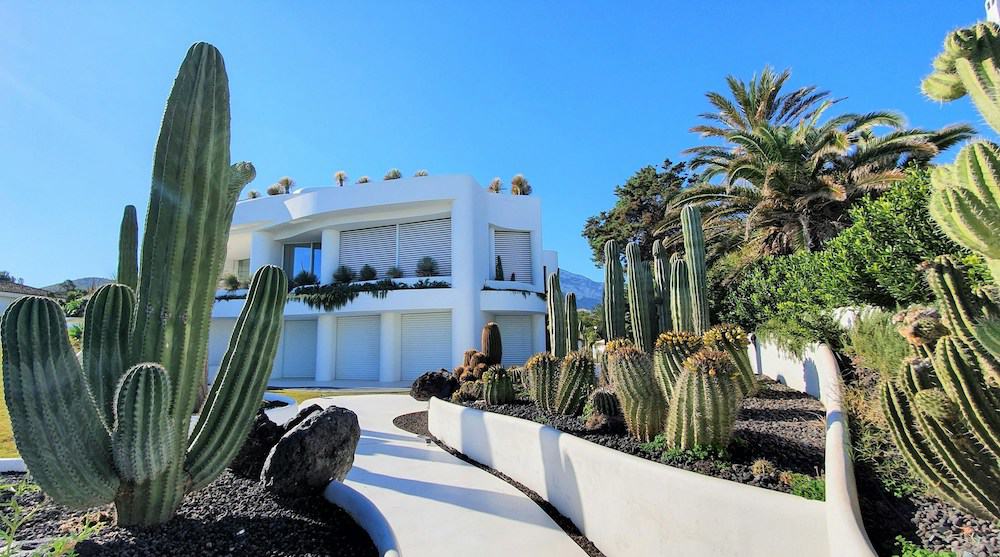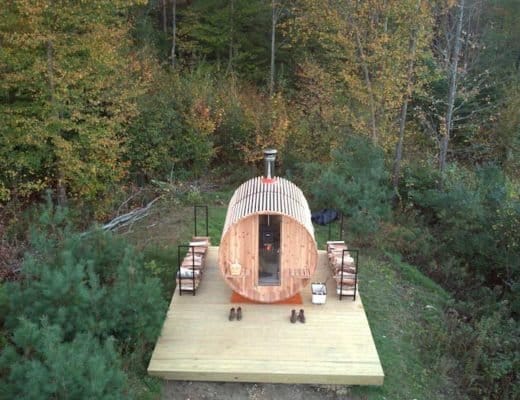
Creating a beautiful and inviting yard is a goal for many homeowners. Not only can these projects enhance the aesthetic appeal of your yard, but they can also provide a sense of pride and accomplishment.
Understanding the Basics of Landscaping
Before diving into specific projects, it is essential to understand the fundamentals of landscaping. Planning plays a crucial role in creating a cohesive and visually appealing design.
Importance of Planning in Landscaping: The first step in any landscaping project is to develop a plan. This involves assessing your yard’s size, shape, and existing features. By doing so, you can determine the areas that require attention and create a design that suits your preferences and serves your needs.
Essential Landscaping Tools for DIY Projects: To effectively execute your landscaping projects, invest in necessary tools such as shovels, rakes, pruners, and a wheelbarrow. These tools will enable you to complete tasks efficiently and with ease.
When considering landscaping, it’s important to think about the overall theme or style you want to achieve. Whether you prefer a formal garden with structured hedges and symmetrical plantings or a more natural look with meandering paths and native plants, having a clear vision will guide your design decisions.
Another crucial aspect of landscaping is understanding the local climate and soil conditions. Different plants thrive in different environments, so it’s essential to choose vegetation that will flourish in your specific area. Consider factors such as sunlight exposure, water availability, and soil quality when selecting plants for your landscape.
Creating a Landscape Design
To bring your landscaping vision to life, it is crucial to create a well-thought-out design. This involves considering factors such as yard layout, plant selection, and overall theme.
When sketching your yard layout, it’s essential to not only consider the physical aspects of the space but also the functionality and flow. Think about how you want to use different areas of your yard – whether it’s for entertaining, gardening, or relaxation. By incorporating these elements into your design, you can create a space that is not only beautiful but also practical for your lifestyle.
Sketching Your Yard Layout: Start by sketching your yard’s layout, including existing structures, walkways, and any other features you want to incorporate. This will help you visualize how different elements will fit together and allow you to make necessary adjustments before execution.
When it comes to choosing the right plants and trees for your landscape, consider creating a diverse ecosystem that supports local wildlife. Native plants are not only well-adapted to the climate and soil conditions of your area but also attract beneficial insects and birds. Additionally, incorporating a mix of flowering plants that bloom at different times of the year ensures that your yard remains vibrant and colorful throughout the seasons.
Choosing the Right Plants and Trees: Selecting the right plants and trees is vital in creating a balanced and visually appealing landscape. Consider factors such as climate, soil conditions, and maintenance requirements when making your choices. Incorporate a mix of perennial flowers, shrubs, and trees to add color and texture to your yard throughout the year.
DIY Landscaping Projects
Once you have a clear design plan, it’s time to dive into various DIY landscaping projects. These projects can add unique features and enhance the functionality of your yard.
Embarking on DIY landscaping projects is a rewarding endeavor that allows you to personalize your outdoor space according to your preferences and needs. Not only do these projects add aesthetic value to your property, but they also provide a sense of accomplishment and connection to nature.
Building a Garden Path: A garden path not only adds charm to your yard but also makes it easier to navigate different areas. Consider using materials such as stepping stones, gravel, or pavers to create a visually appealing path that complements your overall landscaping design.
When designing your garden path, take into consideration the natural flow of your yard and how the path can lead visitors to various points of interest, such as a seating area, a flower bed, or a hidden garden nook. Incorporating curves and gentle turns can add intrigue and a sense of discovery to your outdoor space.
Installing a Water Feature: A water feature, such as a fountain or pond, can serve as a focal point in your yard. The soothing sound of flowing water can create a peaceful ambiance and attract birds and butterflies. Take into account the size of your yard and the available resources when choosing and installing a water feature.
Before installing a water feature, consider factors such as sunlight exposure, proximity to power sources for pumps or lighting, and the overall theme of your landscaping. Whether you opt for a cascading waterfall, a tranquil pond, or a modern fountain, a water feature can elevate the sensory experience of your outdoor space.
Creating a Rock Garden: A rock garden is not only visually appealing but also requires minimal maintenance. Choose a suitable location and use a combination of rocks, gravel, and drought-tolerant plants to create a serene and low-maintenance area in your yard.
When designing a rock garden, pay attention to the natural contours of your landscape and consider incorporating different sizes and shapes of rocks to create texture and visual interest. Selecting native plants that thrive in rocky environments can enhance the authenticity of your rock garden and attract beneficial insects and pollinators to your yard.
Maintaining Your Landscape
After completing your DIY landscaping projects, it’s crucial to maintain your yard to ensure its ongoing beauty and vitality.
One important aspect of landscape maintenance is soil care. Regularly testing your soil’s pH levels and nutrient content can help you determine the best fertilizers and soil amendments to keep your plants healthy and thriving. Additionally, aerating your soil can improve root growth and water absorption, leading to a lusher landscape.
Regular Pruning and Weeding: Keep your plants and trees healthy and in shape by regularly pruning and removing any weeds. This will promote healthy growth and prevent overcrowding.
Another key element of landscape maintenance is pest control. Monitoring your plants for signs of pests and diseases can help you catch issues early and prevent widespread damage. Utilizing natural predators, like ladybugs for aphid control, or organic pesticides can help maintain a healthy balance in your garden ecosystem.
Proper Watering Techniques: Understanding the watering needs of your plants is crucial for their survival. Overwatering or under watering can damage your landscape. Consider installing a drip irrigation system or hand watering specific areas to ensure proper hydration.
Seasonal Landscaping Tips
Lastly, consider incorporating seasonal landscaping tips to keep your yard looking spectacular all year round.
Preparing Your Yard for Winter: Before winter arrives, take steps to protect your yard from extreme cold and frost. This may include covering delicate plants, insulating pipes, and removing fallen leaves to prevent mold and pests.
Spring Landscaping Ideas: As spring arrives, embrace the season by refreshing your landscape. Consider planting seasonal flowers, adding colorful accents, and performing necessary maintenance to start the year with a revitalized yard.
By embarking on DIY landscaping projects and implementing these tips, you can transform your yard into a stunning outdoor oasis. Remember to plan, be creative, and maintain your landscape regularly to enjoy its beauty for years to come. Happy landscaping!



